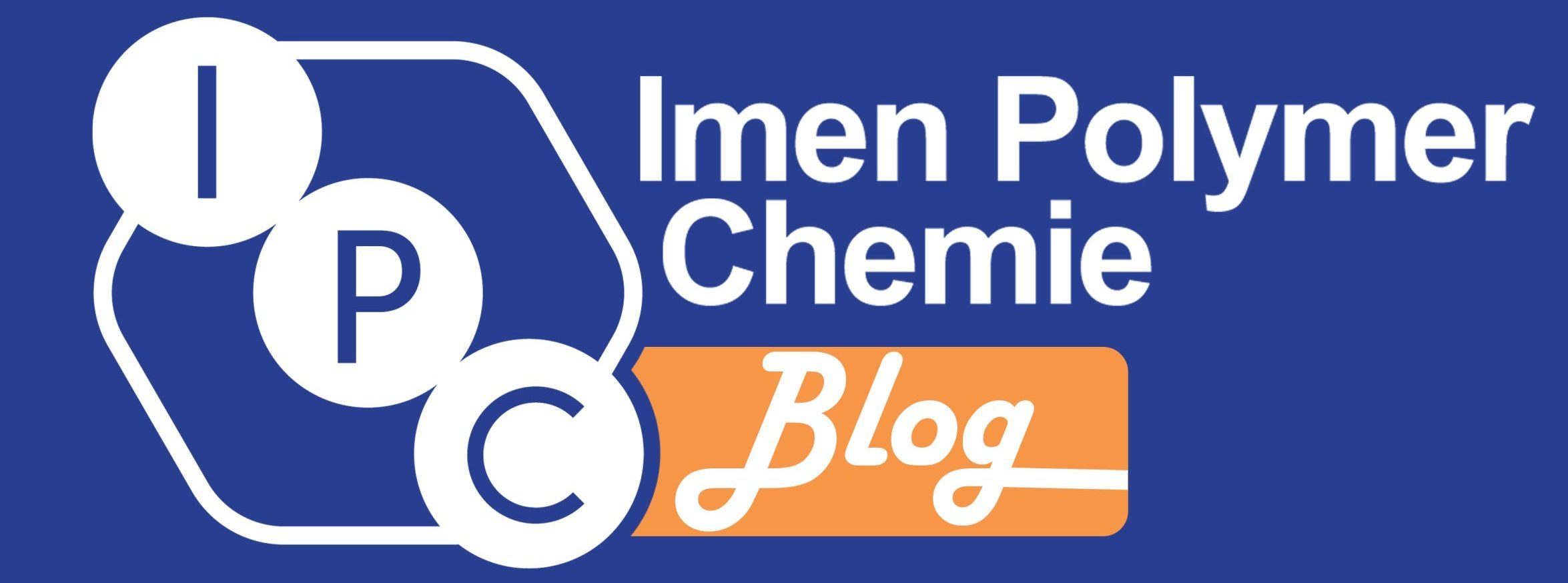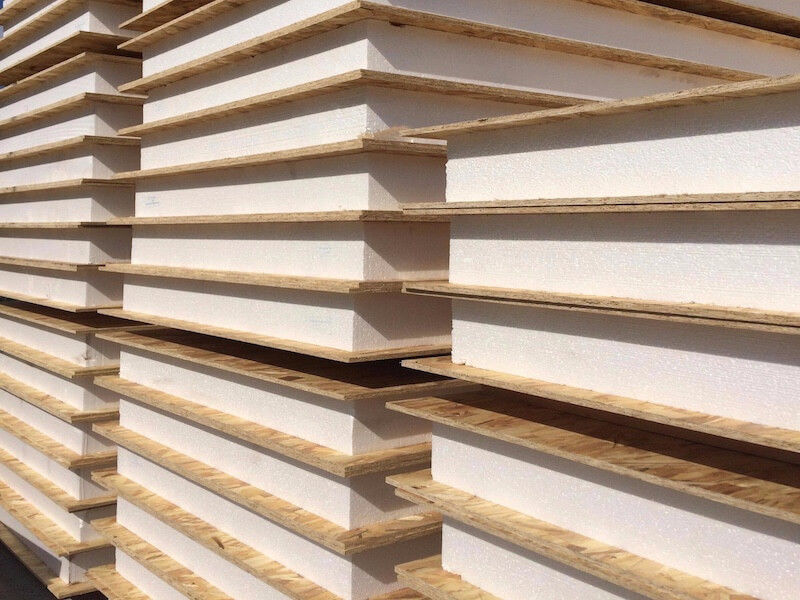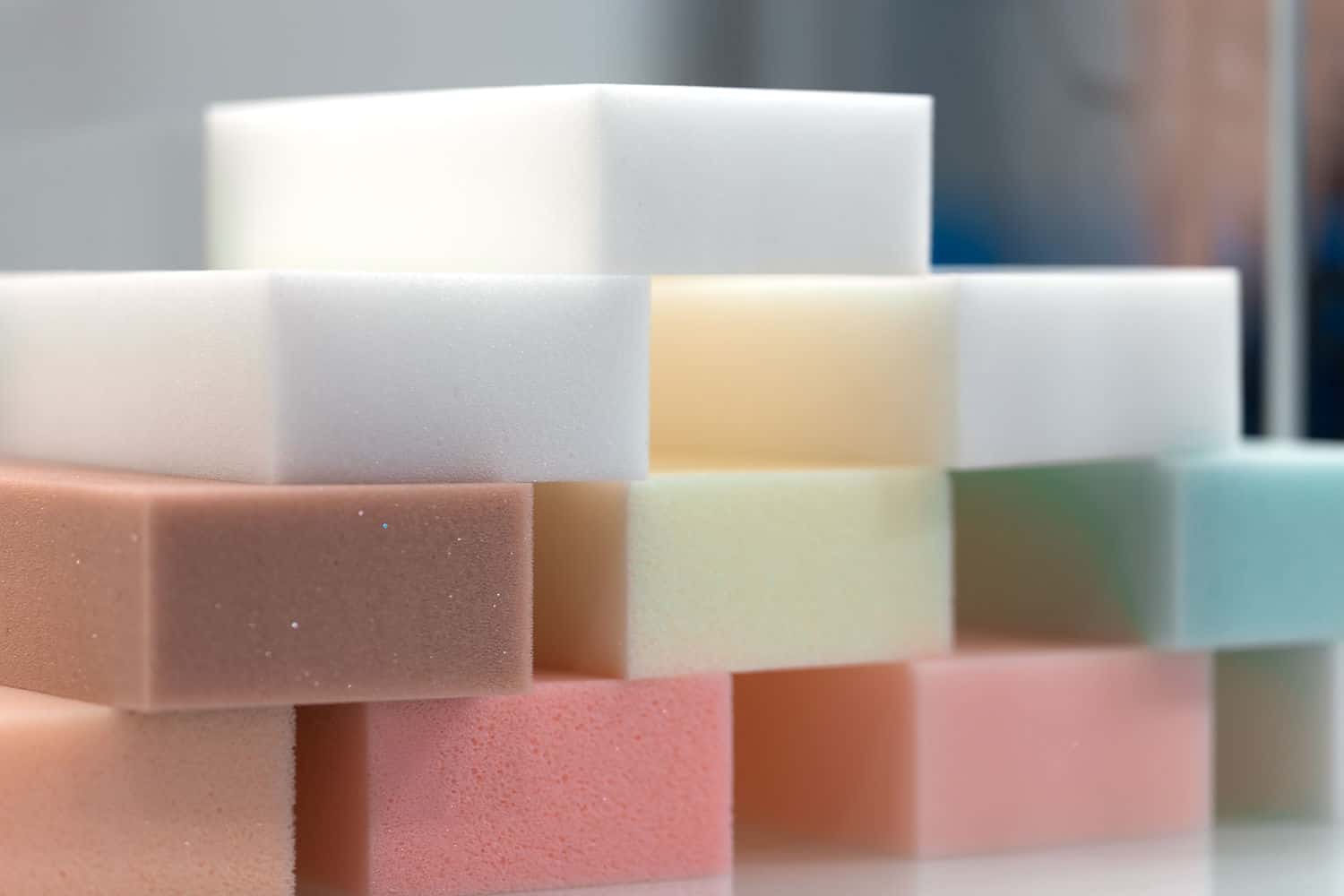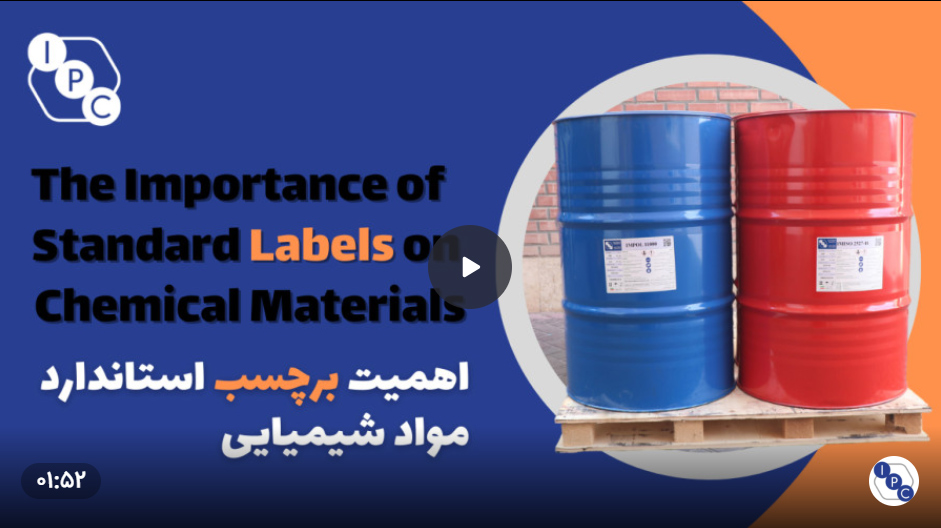
2024/09/22
Polyurethane memory foam
Memory foam is also known as viscoelastic foam. When you break this work apart, it comes from viscous + elastic. According to this naming, the foam has the properties of viscous and elastic materials at the same time. The mentioned property makes the foam to be able to closely contour to shapes.
ادامه مطلب 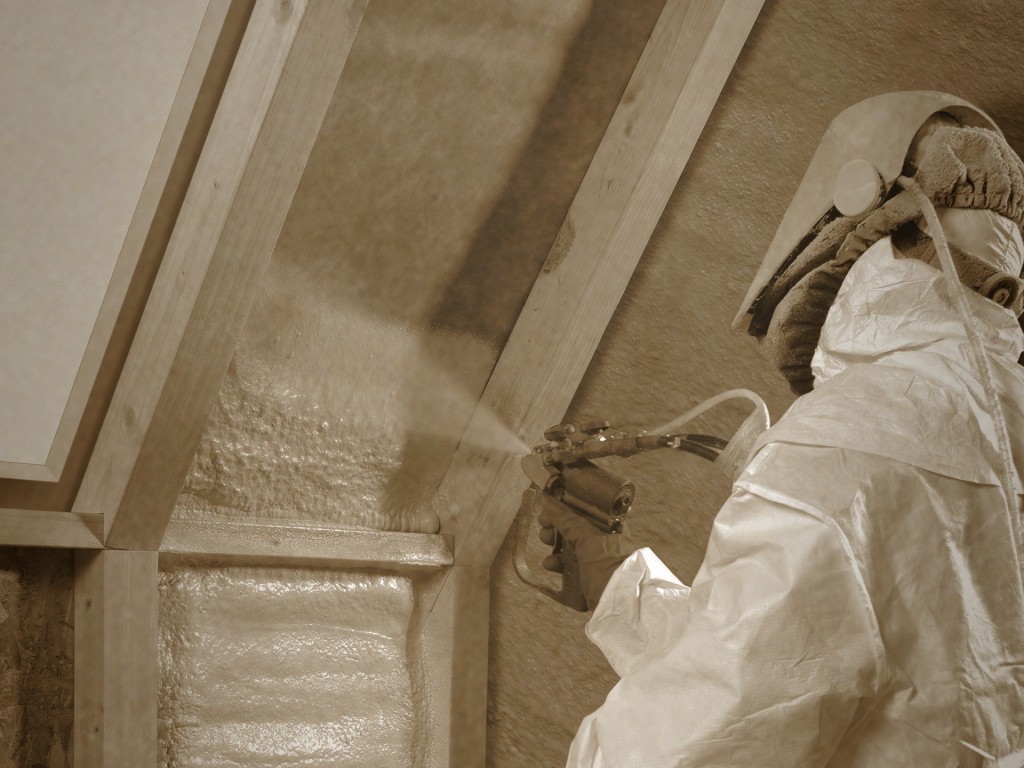
2024/09/22
Polyurethane spray foam structure
Spray-applied polyurethane foam is a versatile roofing material that expands upon application, creating a closed-cell structure that resists water infiltration and provides insulation. It offers benefits such as improving drainage, insulation, and waterproofing, as well as solving vapor drive problems. In this article, you will learn about the chemistry behind polyurethane foam, its components, and its applications in roofing systems.
ادامه مطلب 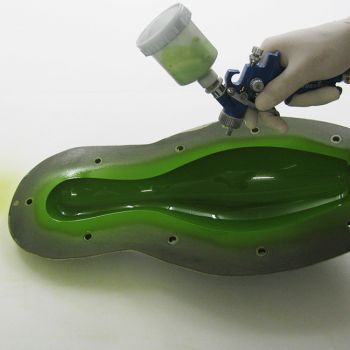
2024/09/22
In-Mold Coating for polyurethane foams
In-Mold Coatings (IMCs) have been developed to coat and cover surface defects of compression molded articles to provide a smooth high-quality surface having an aesthetically appealing appearance
ادامه مطلب 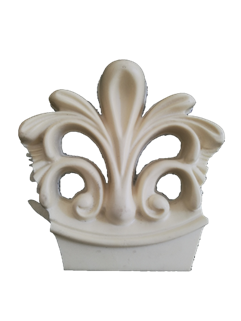
2024/09/22
Wood Imitation Polyurethane foam
The popularity of hard polyurethane foam has been very high and the parts produced using this type of foam are rapidly expanding the market and general use. This type of hard polyurethane foam is known in the Iranian commercial market as wood foam and in the global market as Wood imitation Polyurethane Foam.
ادامه مطلب 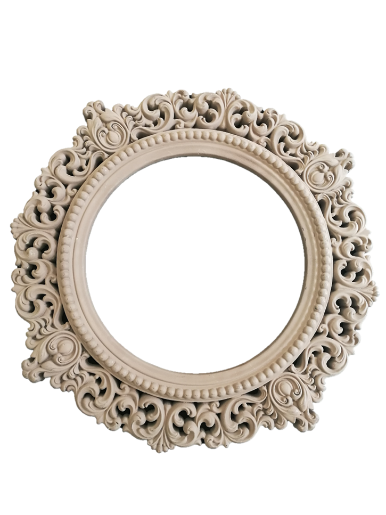
2024/09/22
Imitation wood polyurethane rigid foam
In recent years, people’s environmental awareness has been increasing, which has led to the search for solutions to find a suitable alternative for wooden decorative parts.
ادامه مطلب 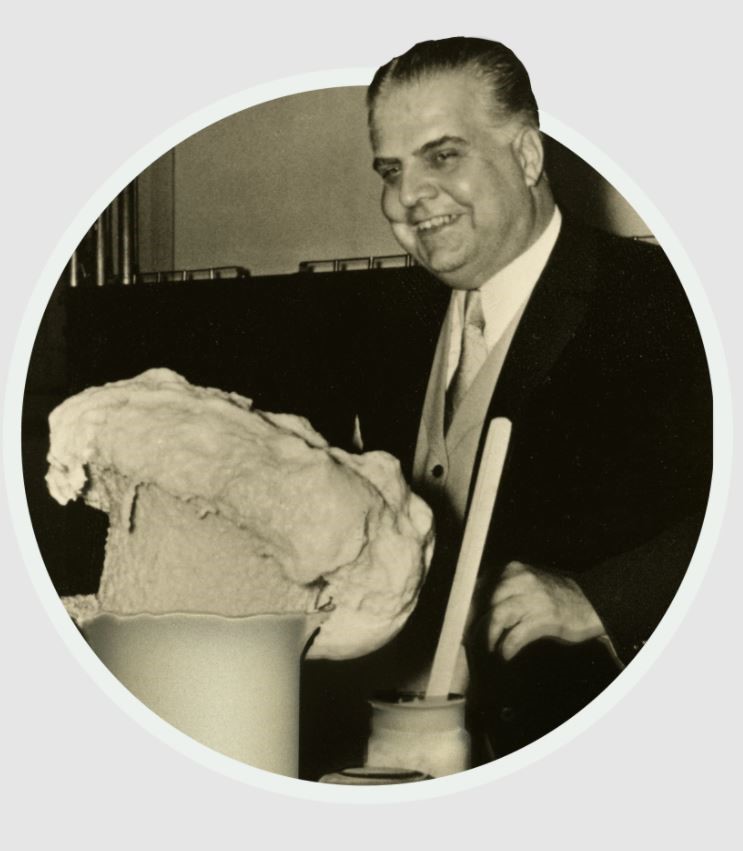
2024/09/22
History of polyurethane
The first urethane was synthesized, as early as 1849 by Wurtz. The work of Wurtz demonstrated the preparation of monoisocyanates and the subsequent formation of urethanes and substituted urea linkages by reaction of the isocyanate group with a primary alcohol and a secondary amine, respectively.
ادامه مطلب 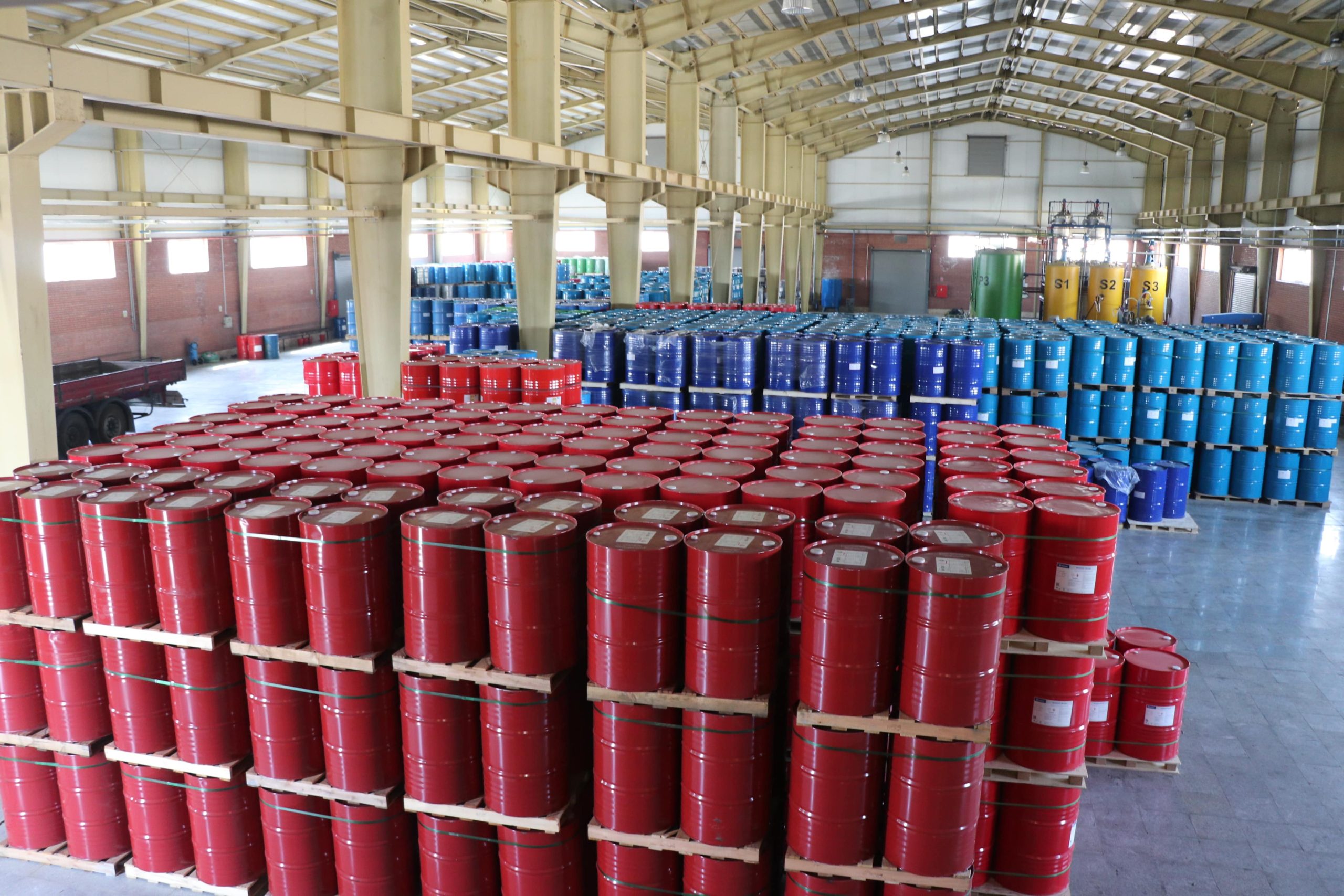
2024/09/22
Handling polyurethane raw materials
Time and temperature are the two primary factors that influence product quality. Storage in a warehouse at a constant temperature of 25°C would be best for most polyurethane raw materials, although this isn’t always practical.
ادامه مطلب 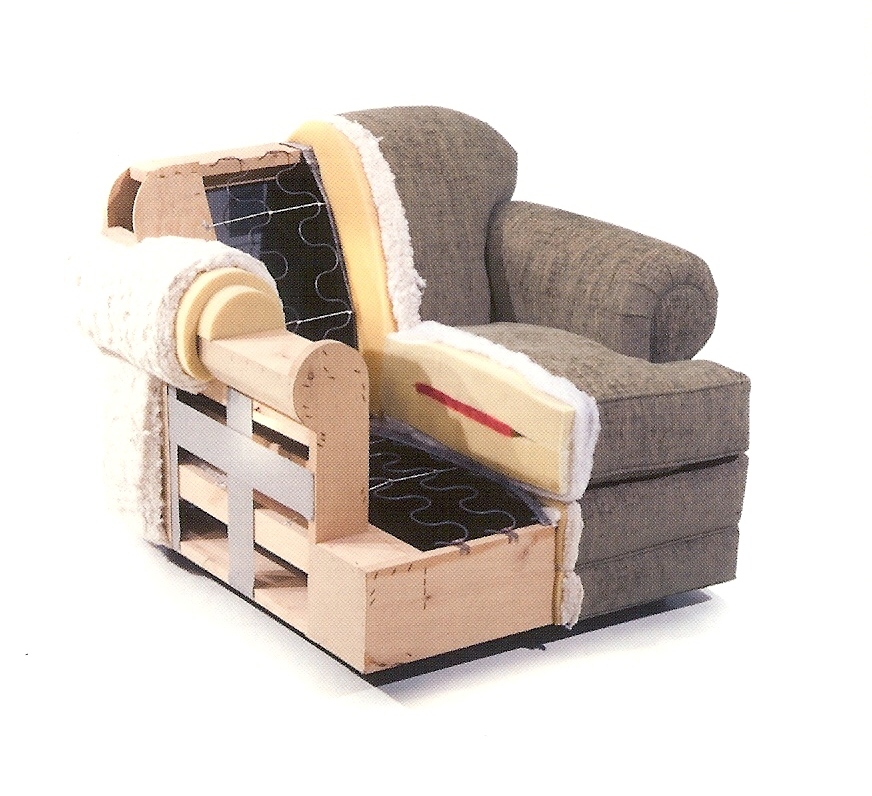
2024/09/22
Polyurethane foam quality control tests in furniture industry
Flexible polyurethane foam is the most common cushioning material used in upholstered furniture. Foam has a variety of applications in upholstery
ادامه مطلب 
2024/09/22
Foam Production Methods
Table of contents Foam Production Methods There are two basic methods for commercial foam production: spray and pour. The spray method is generally limited to rigid foams, while the pour method is used for all types of foams. Pour-in-Place (Foam-in-Place) Batch Preparation Pouring-in-place is the oldest, most versatile, and most popular technique for the application […]
ادامه مطلب 